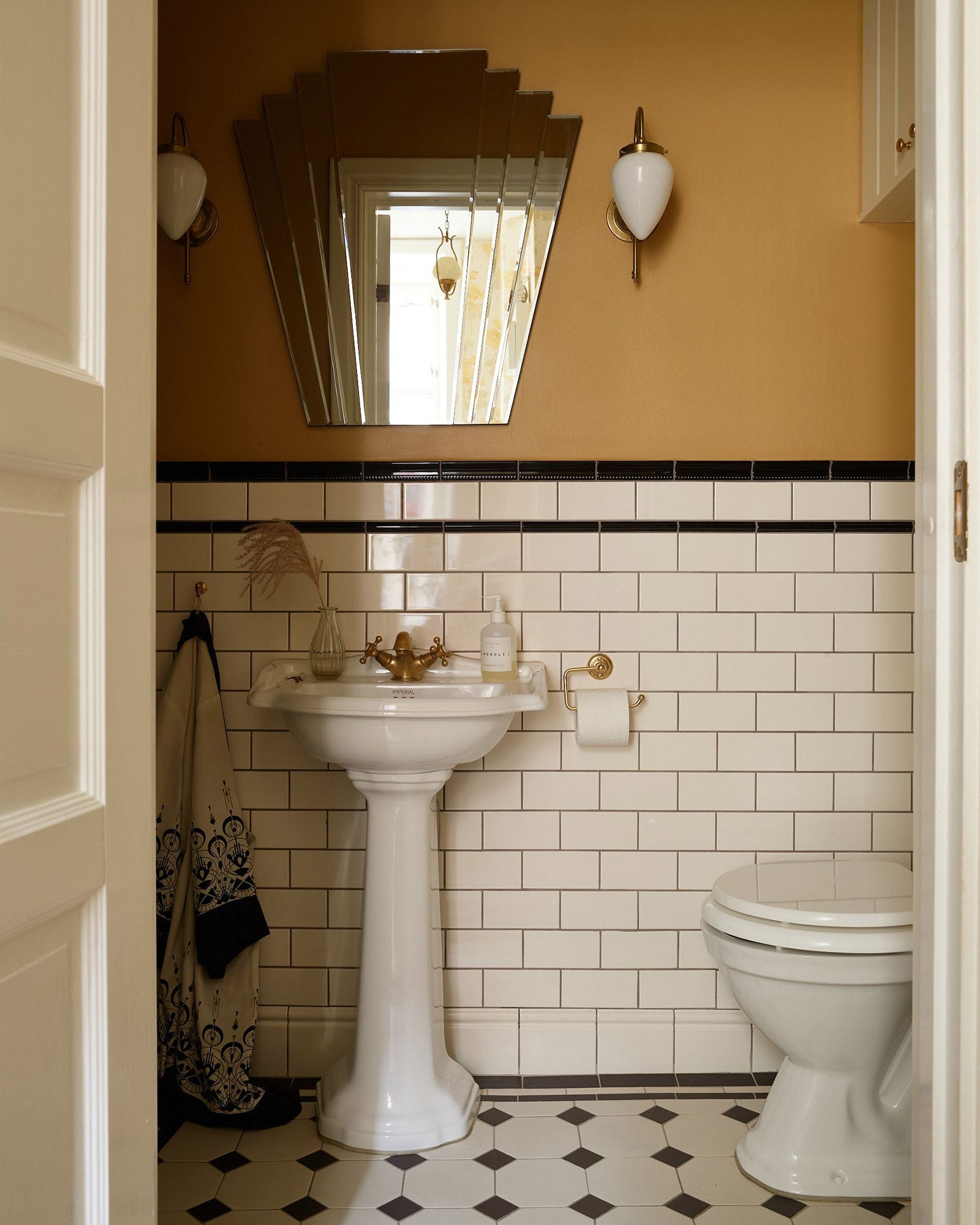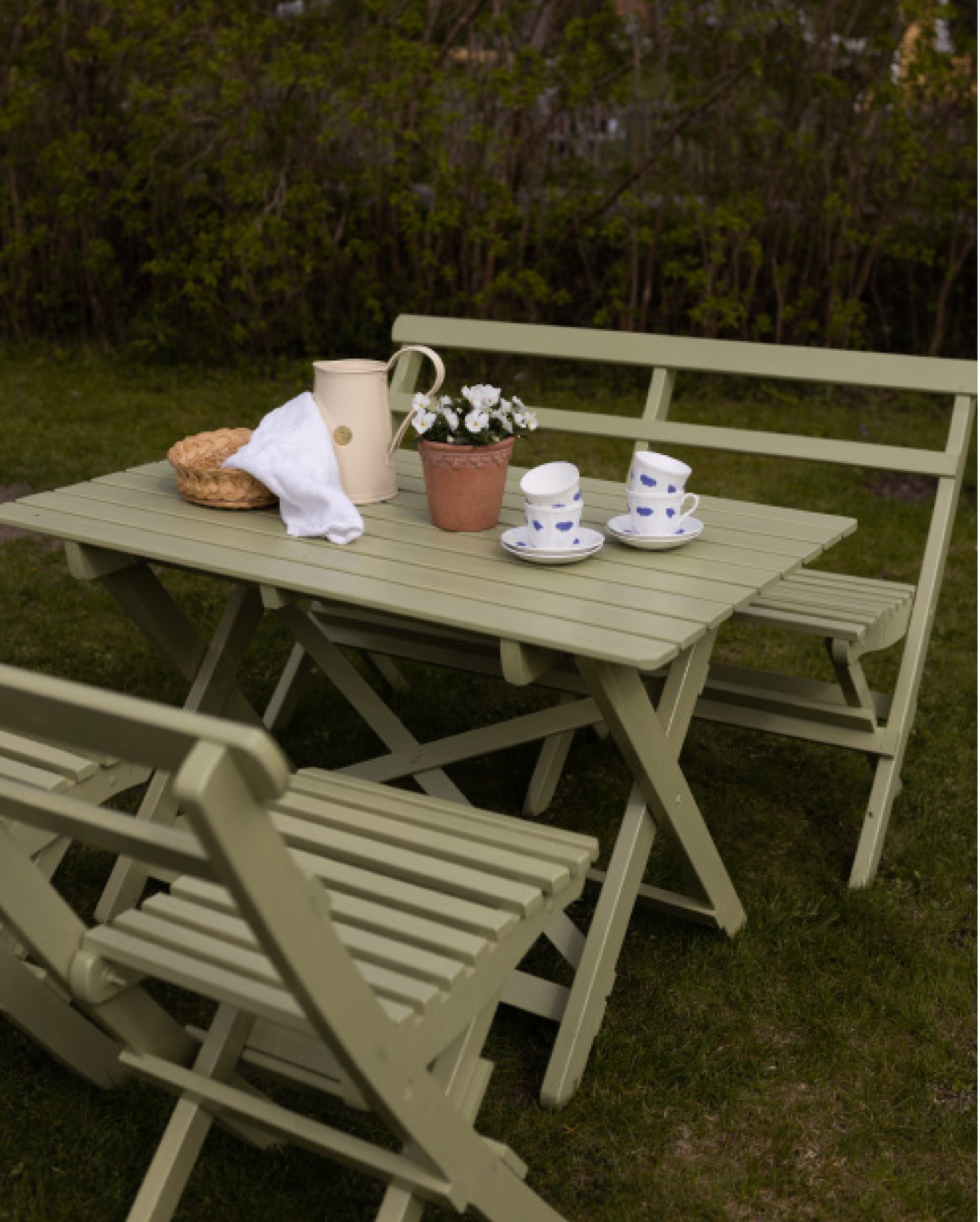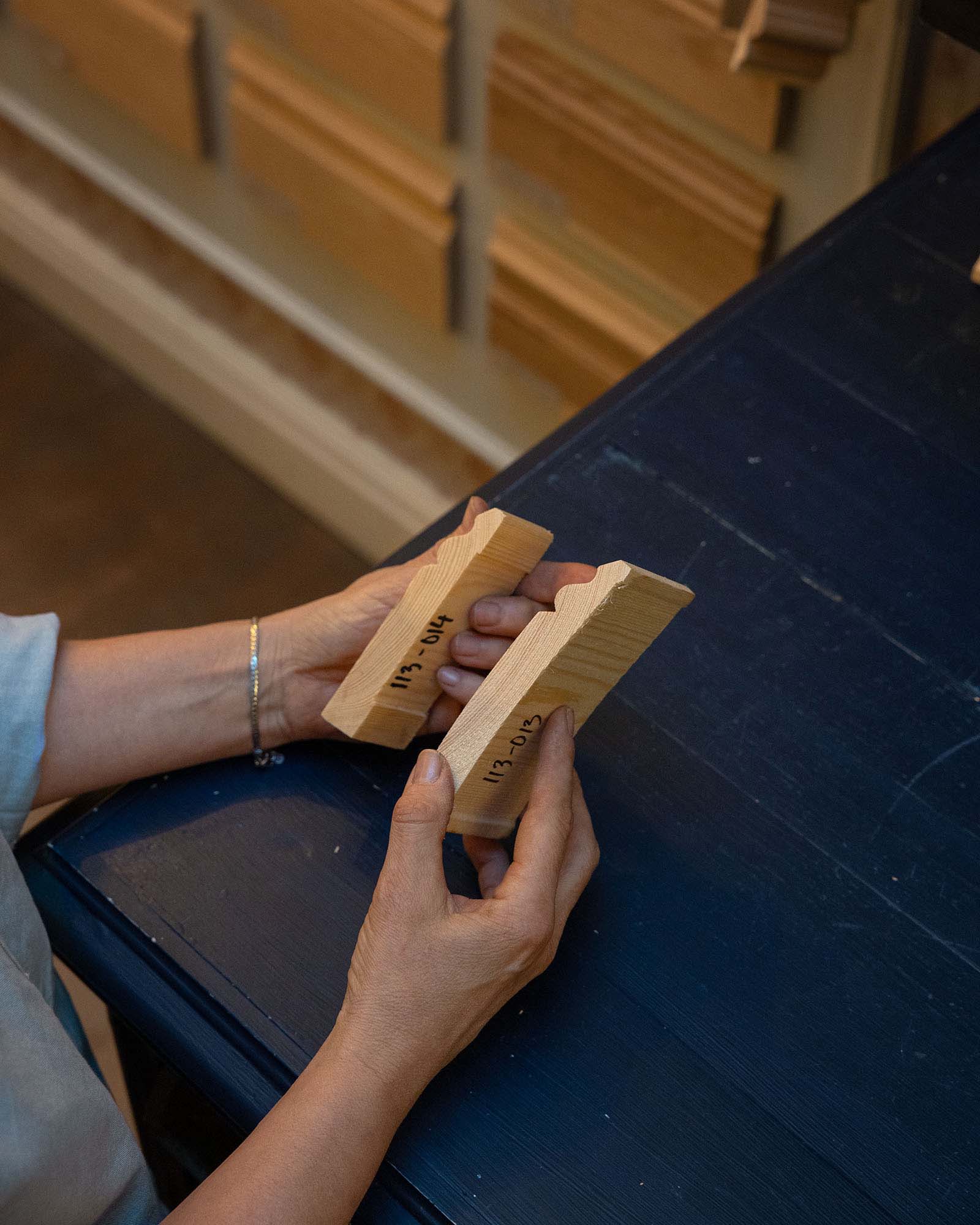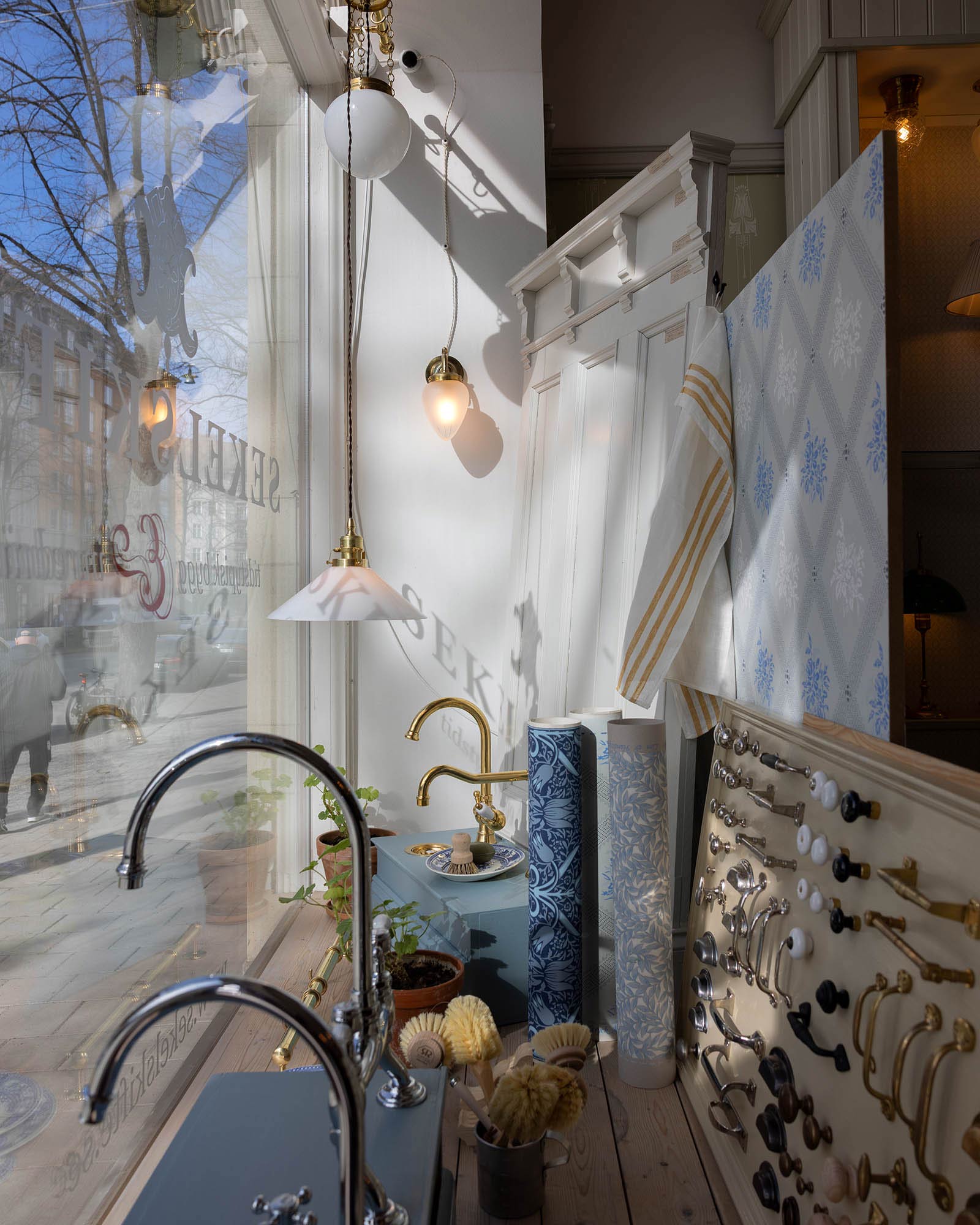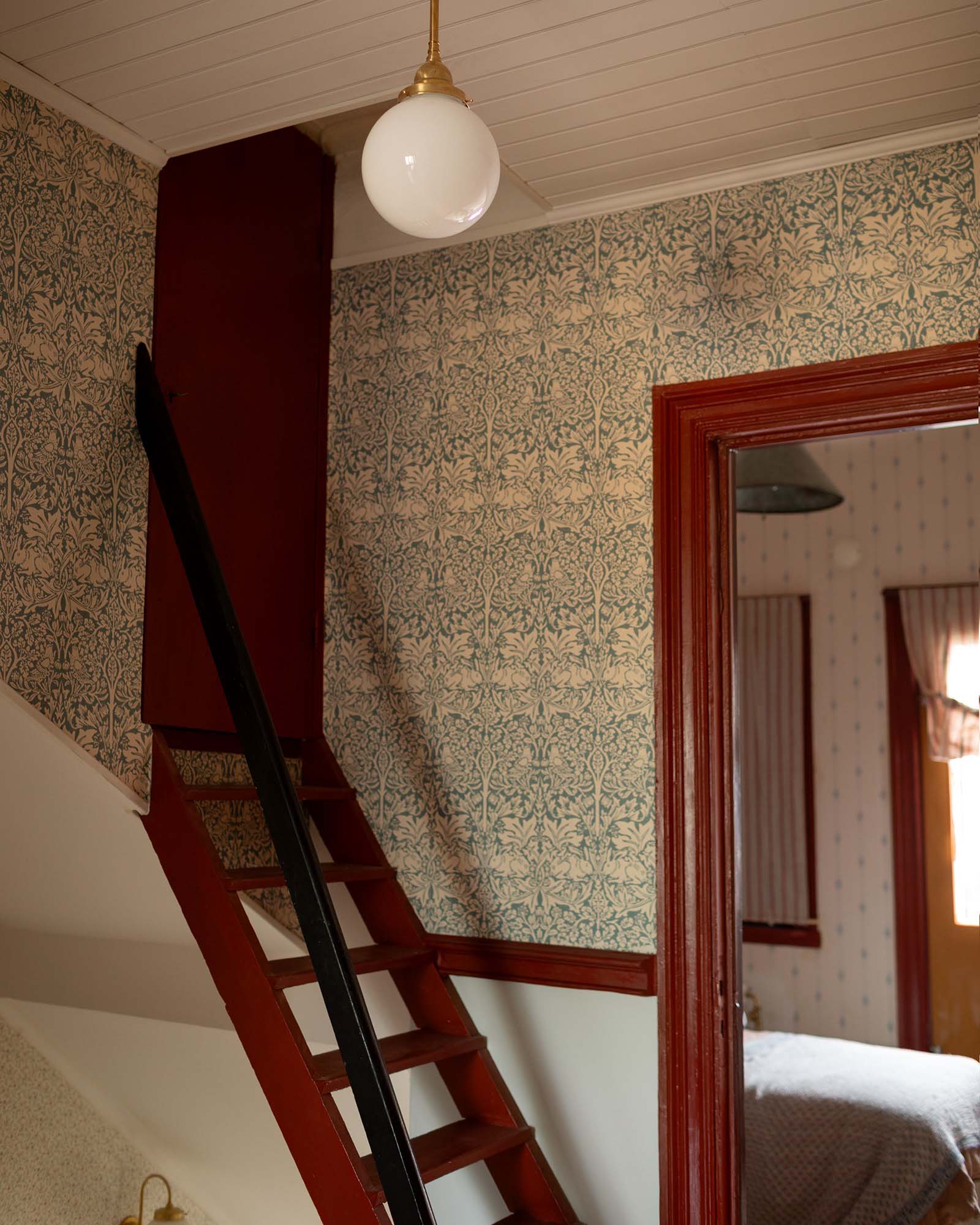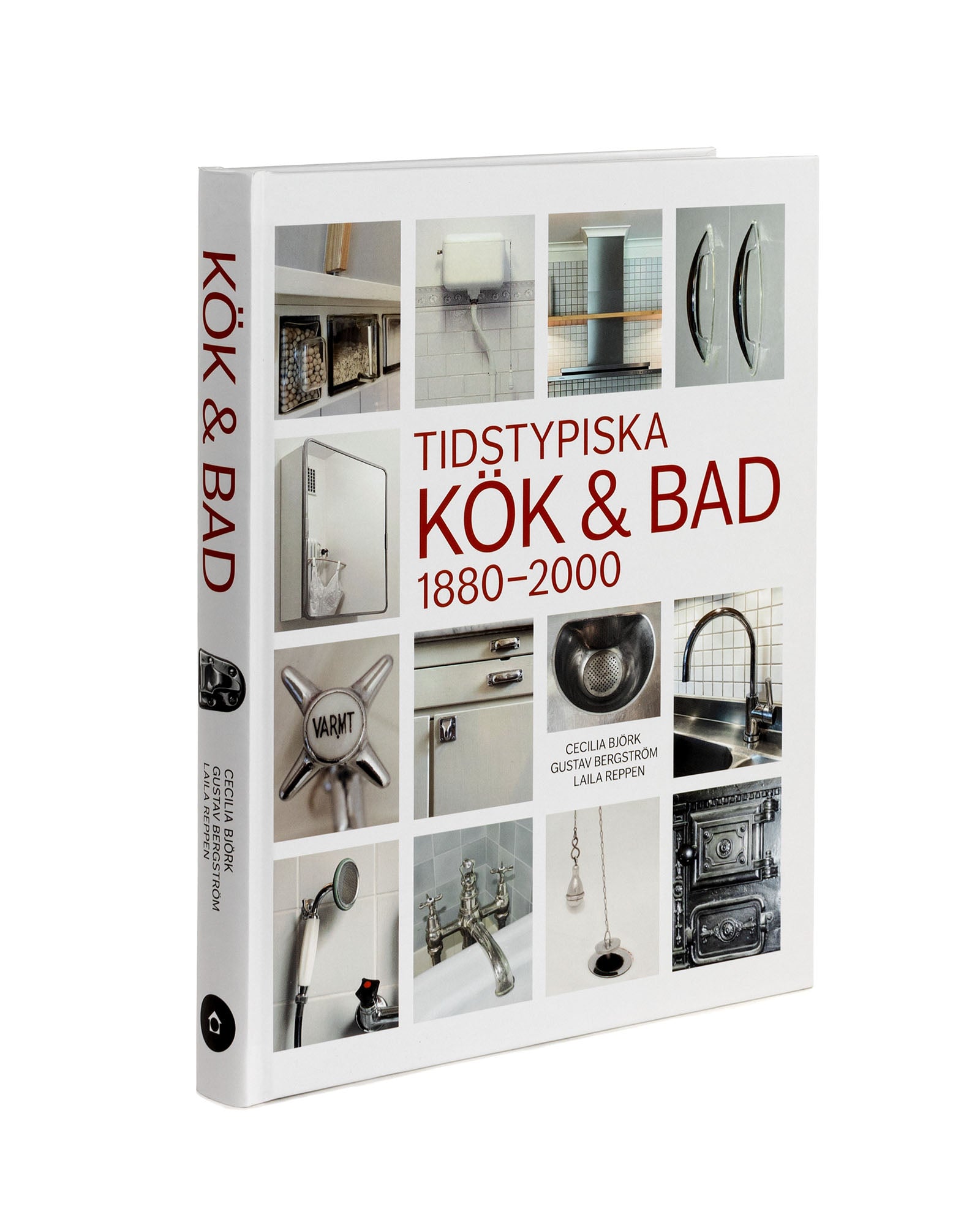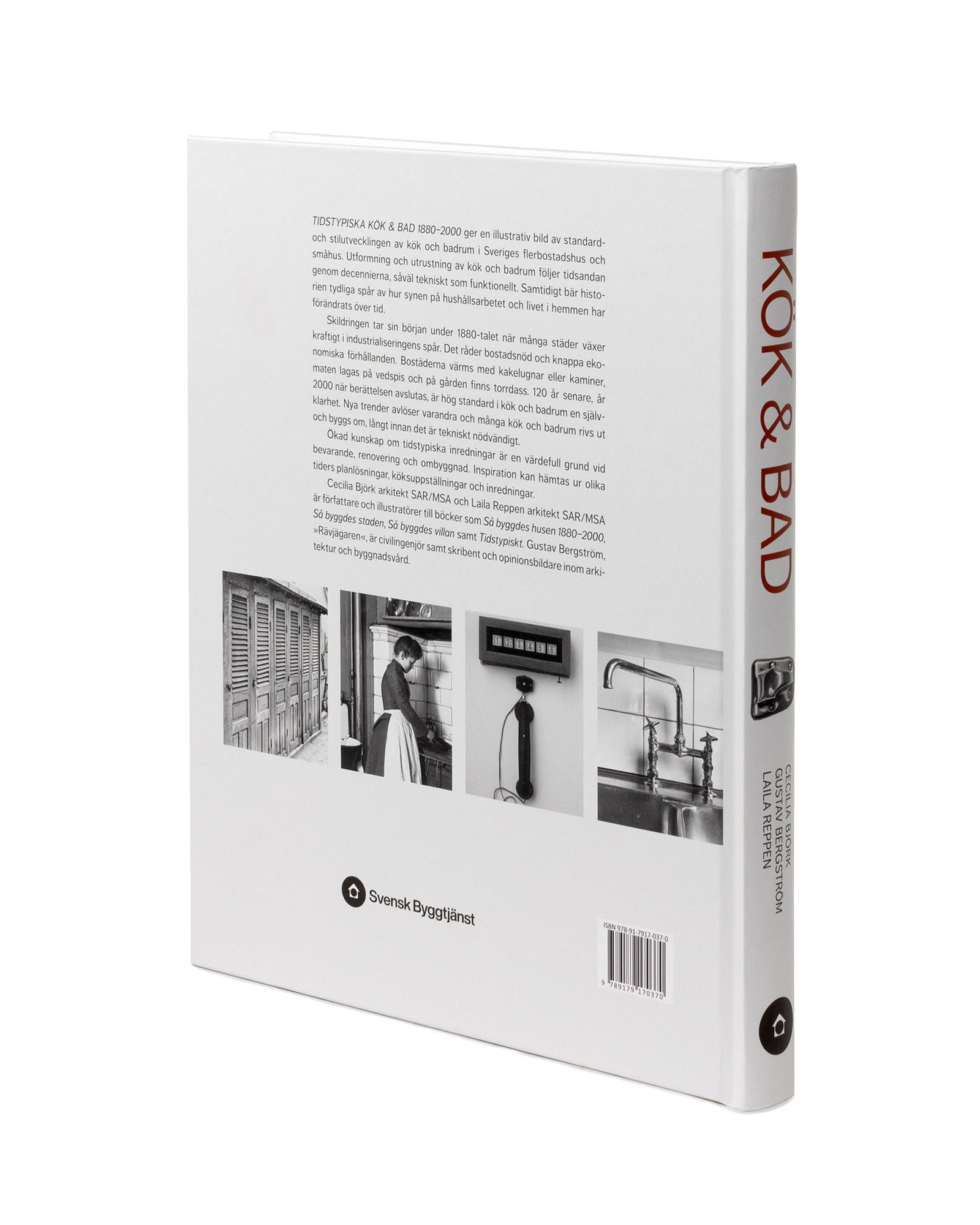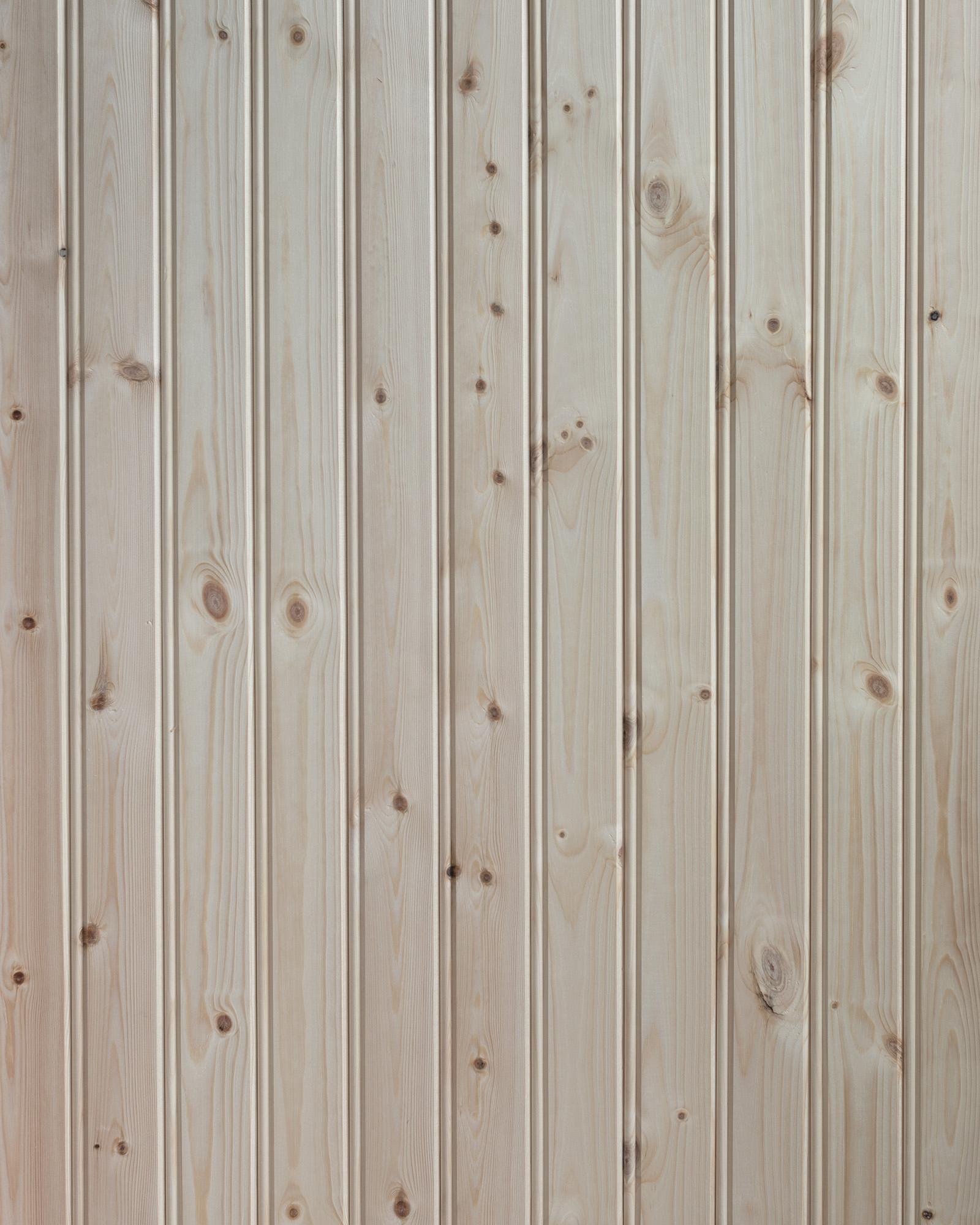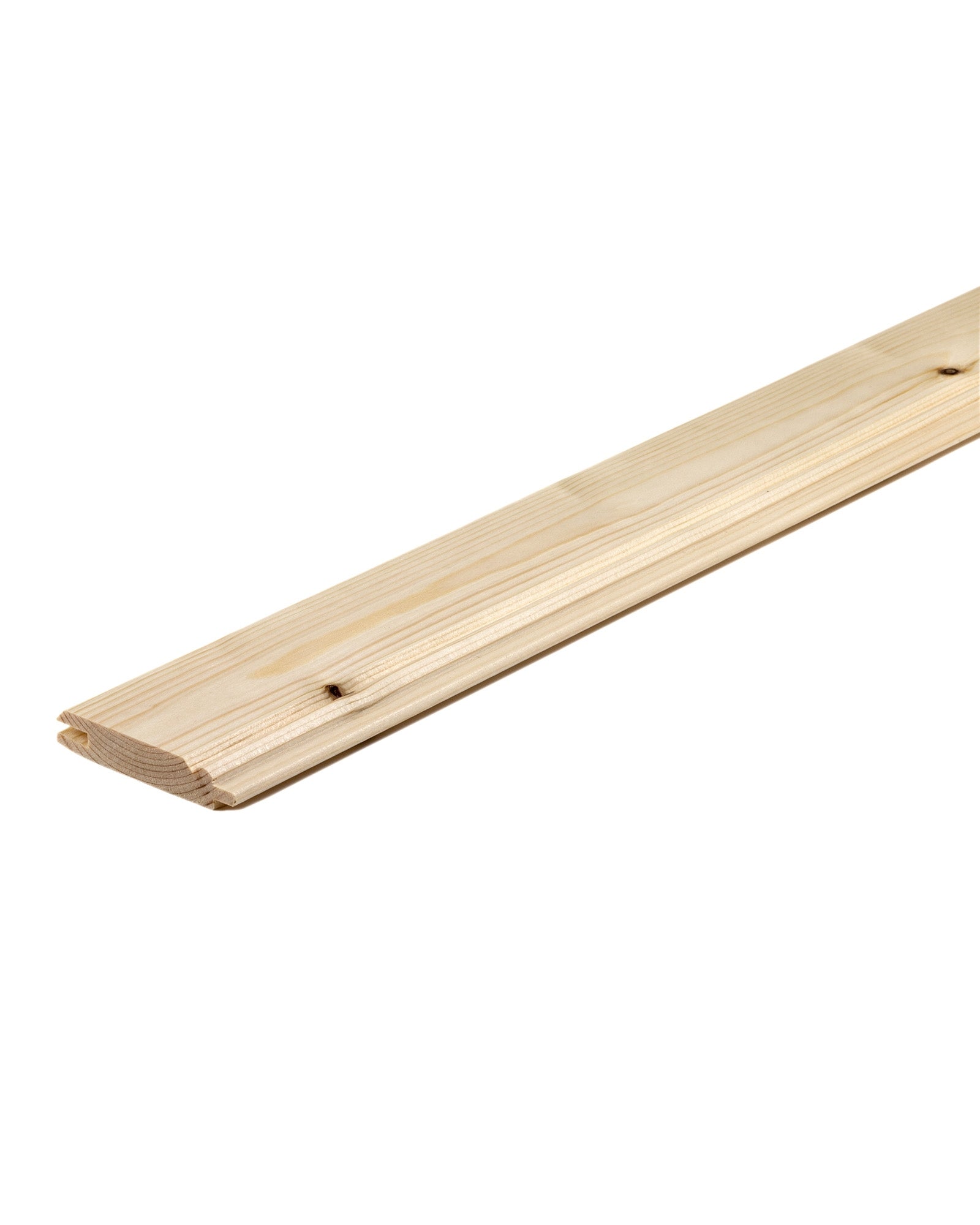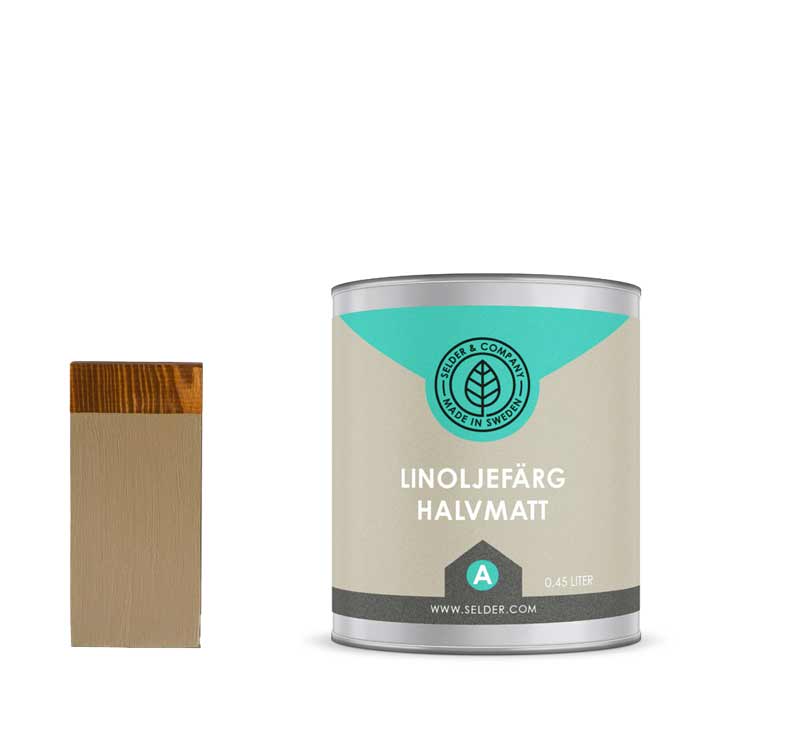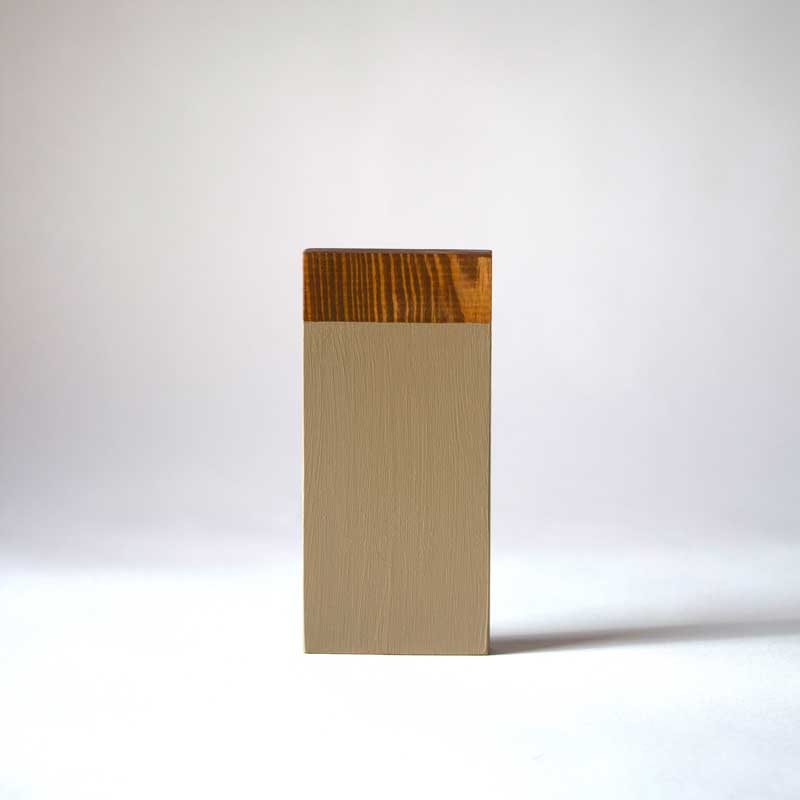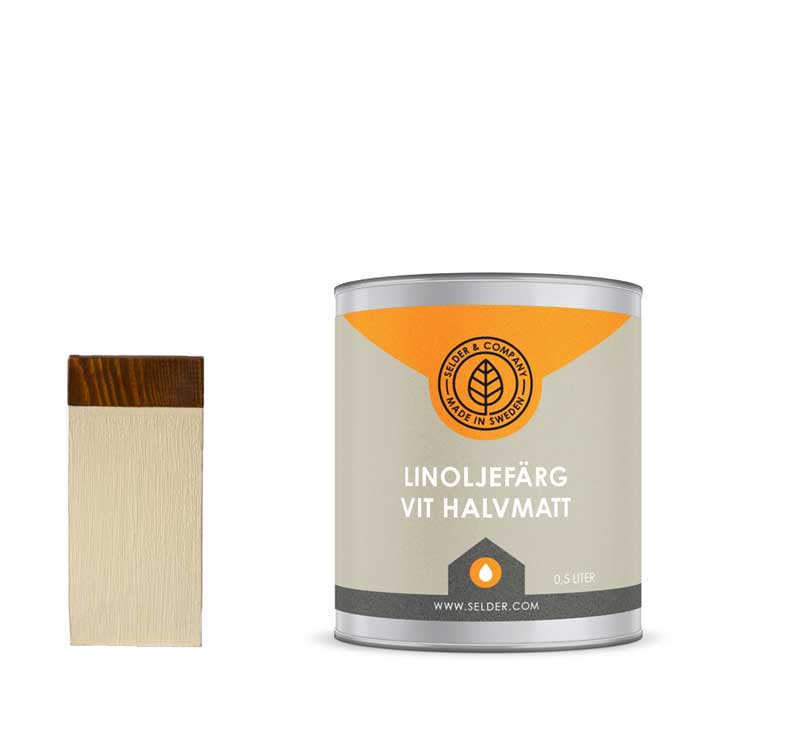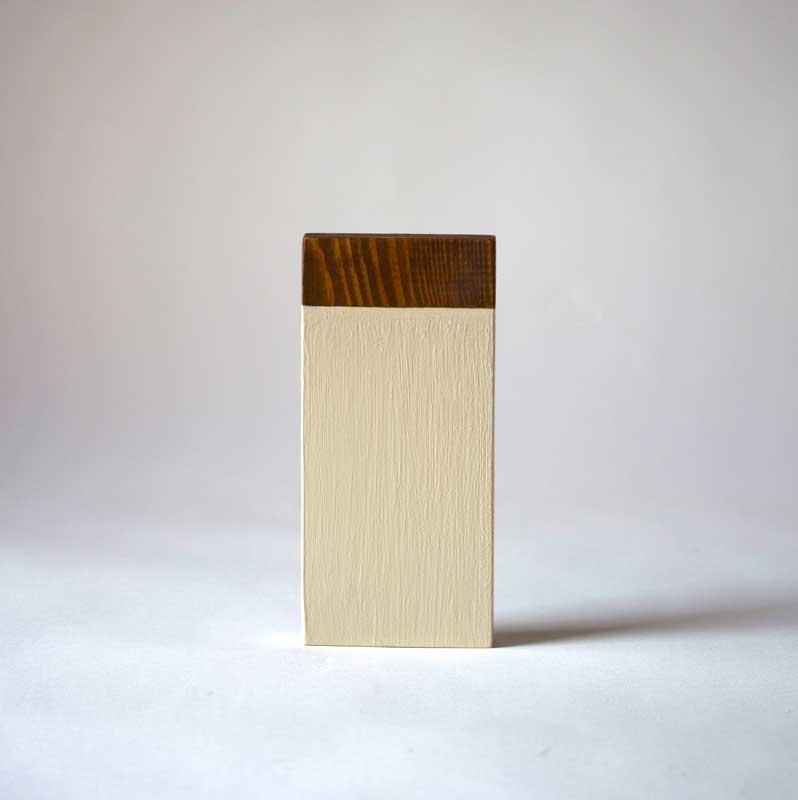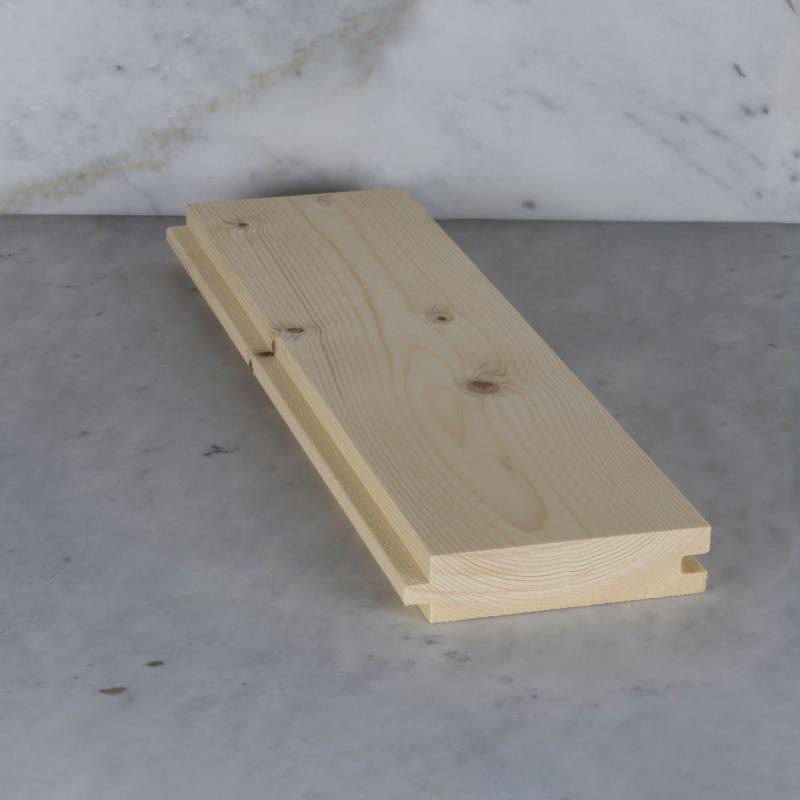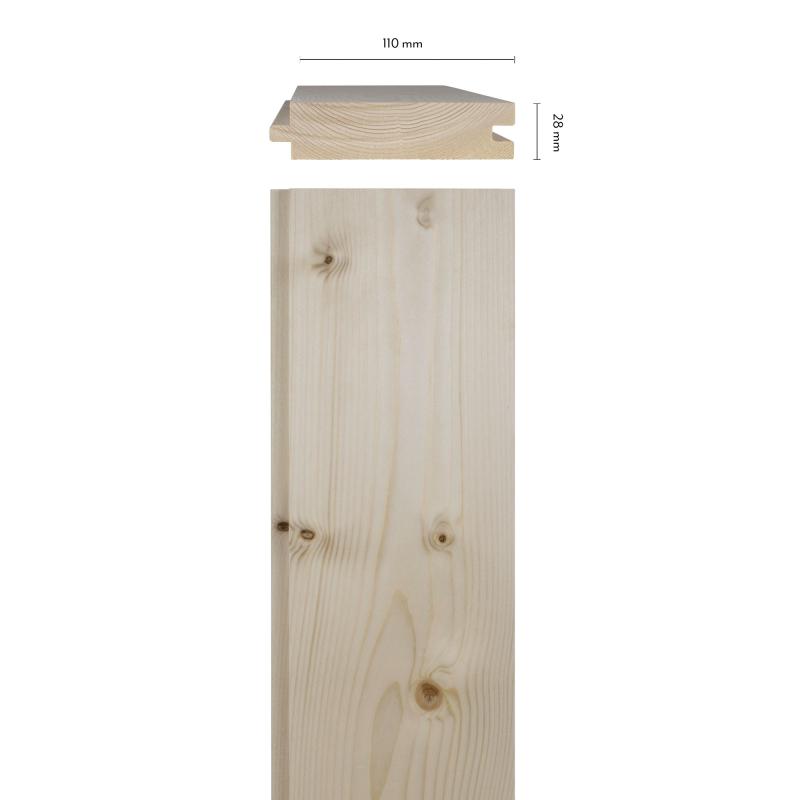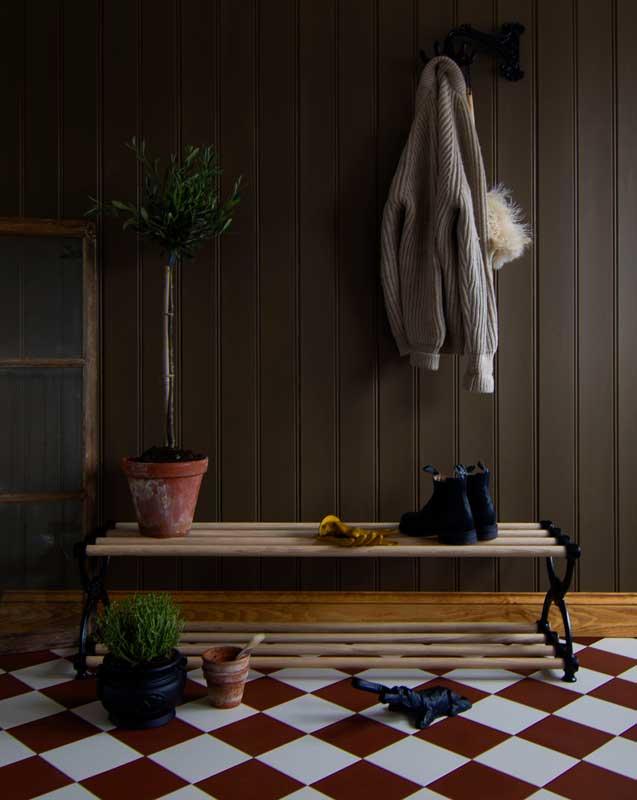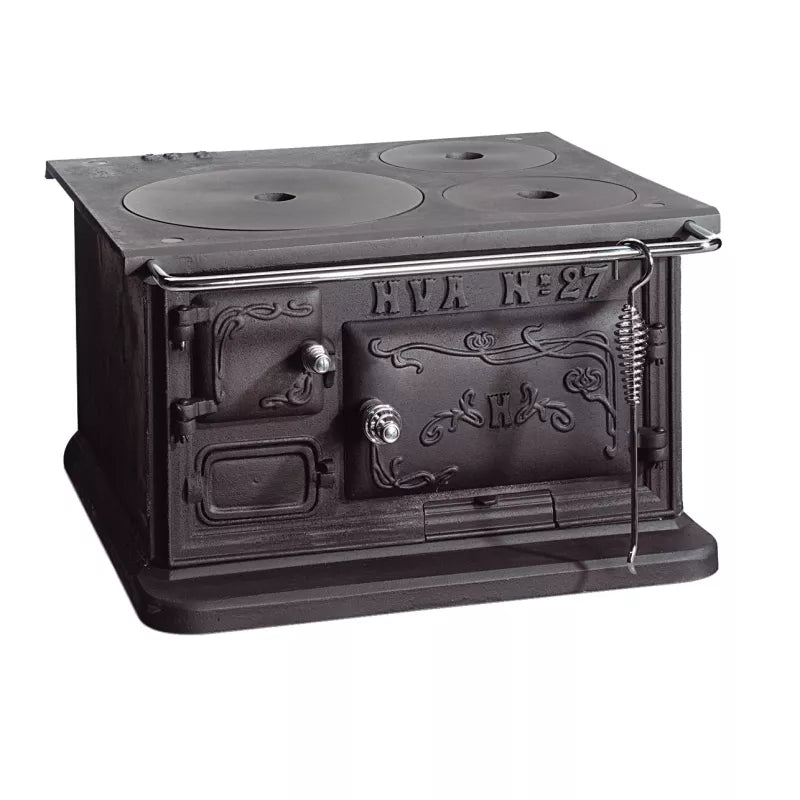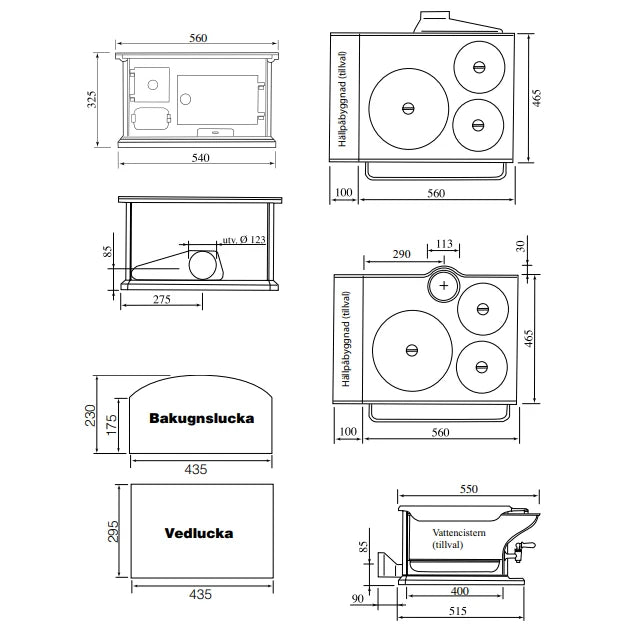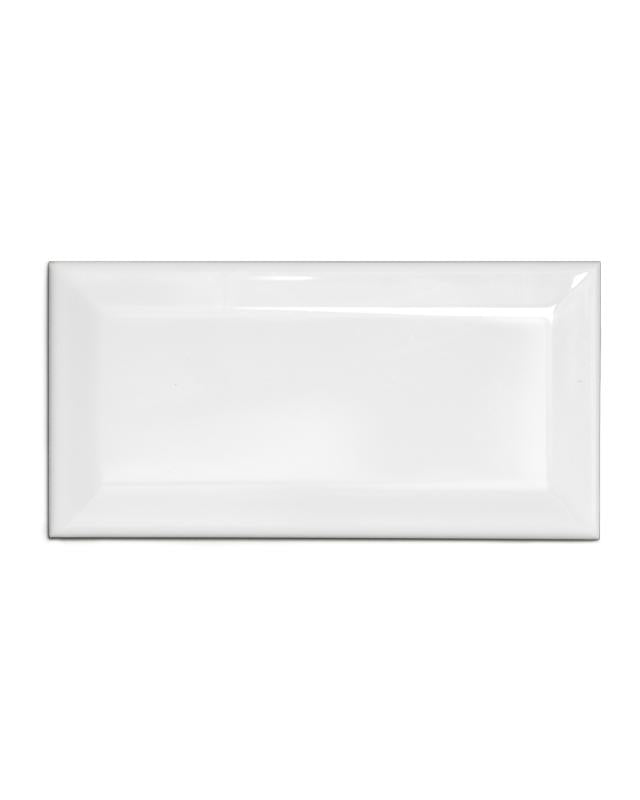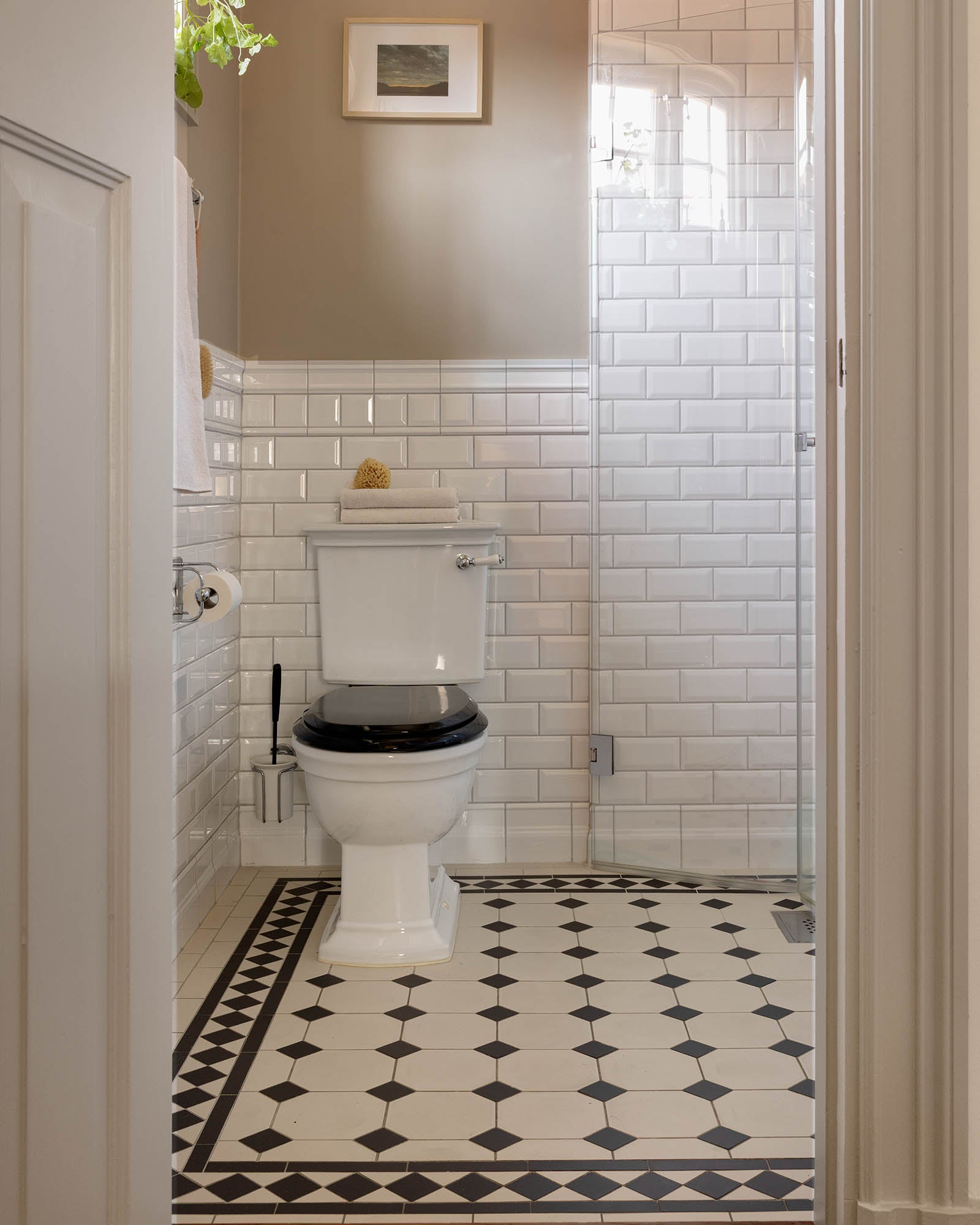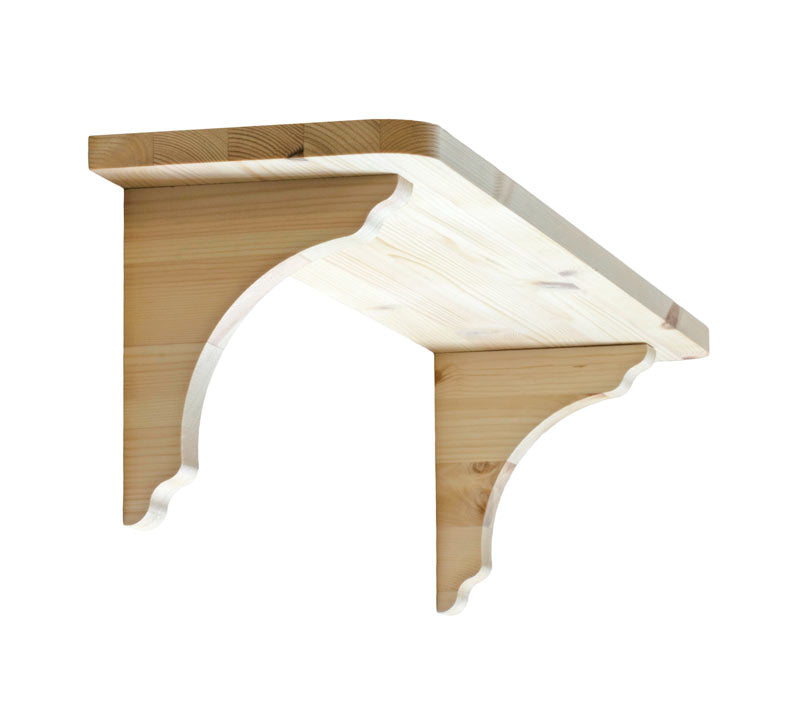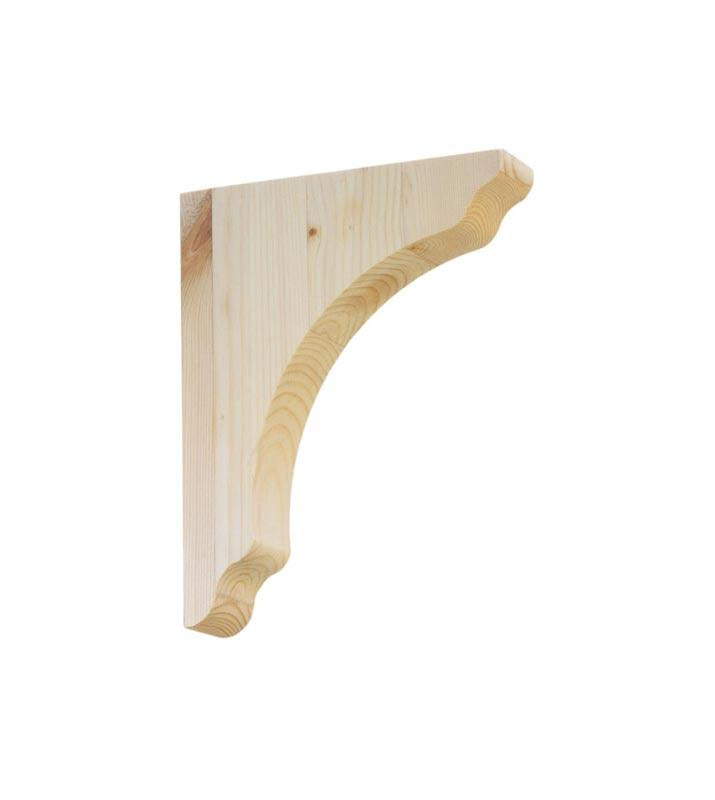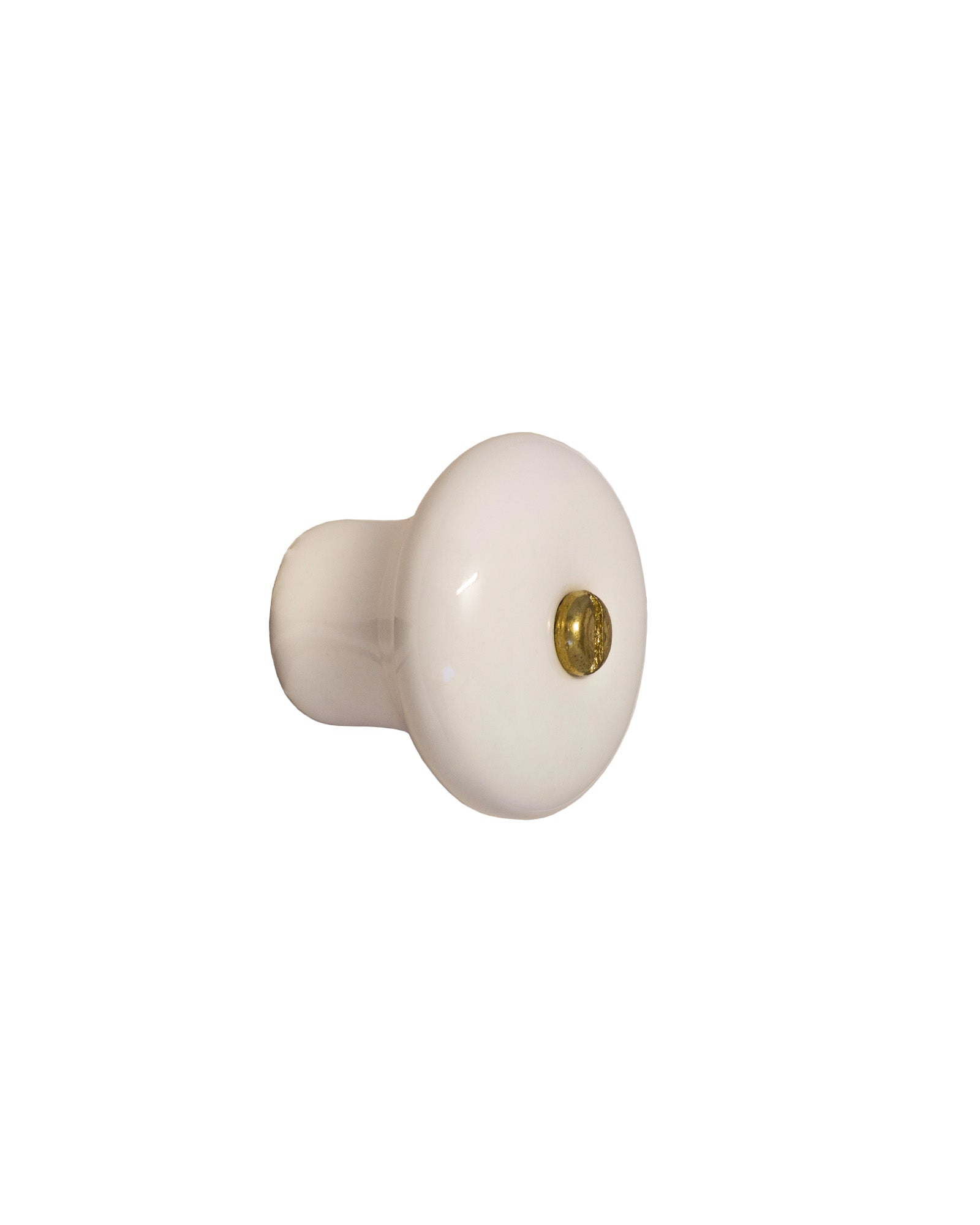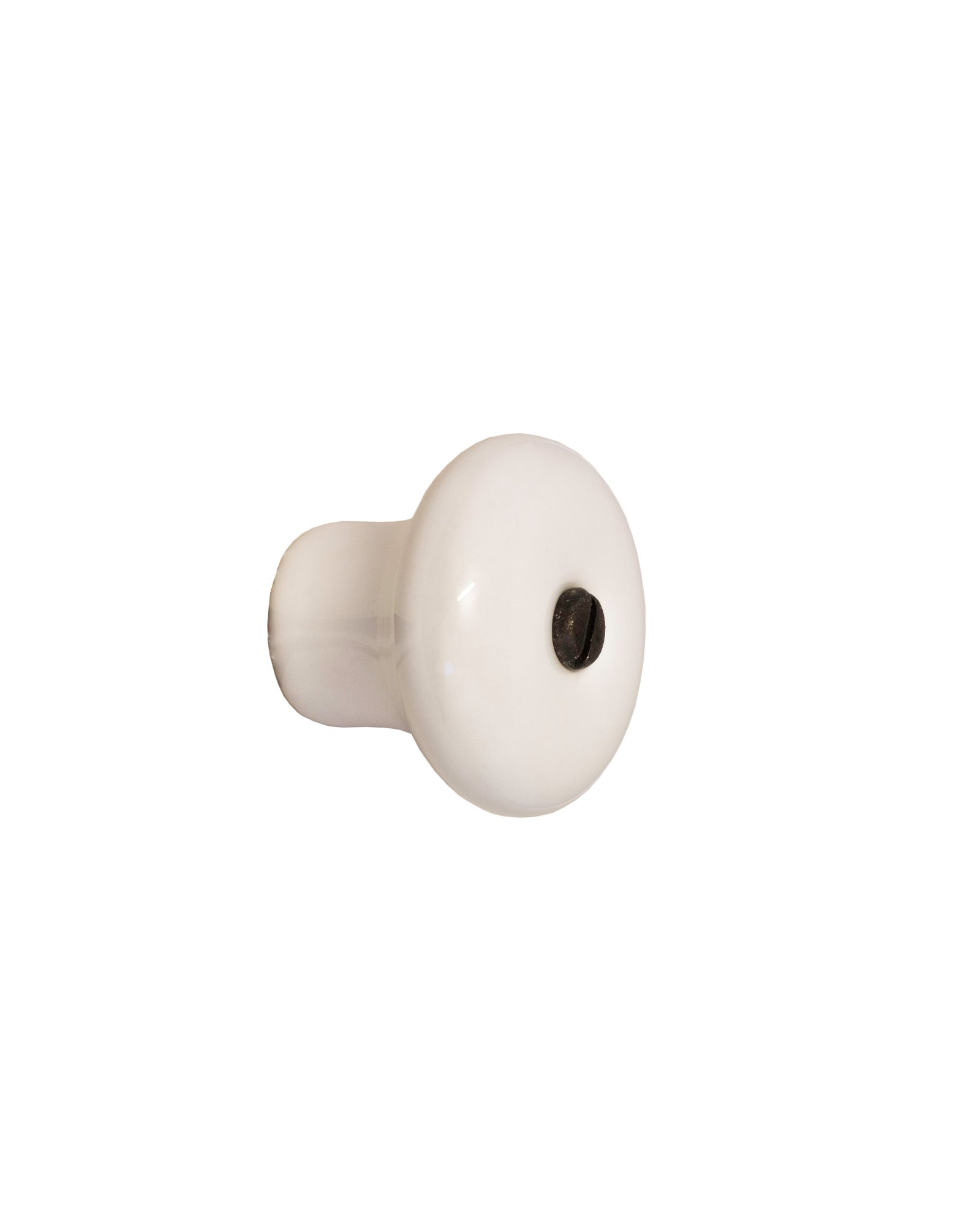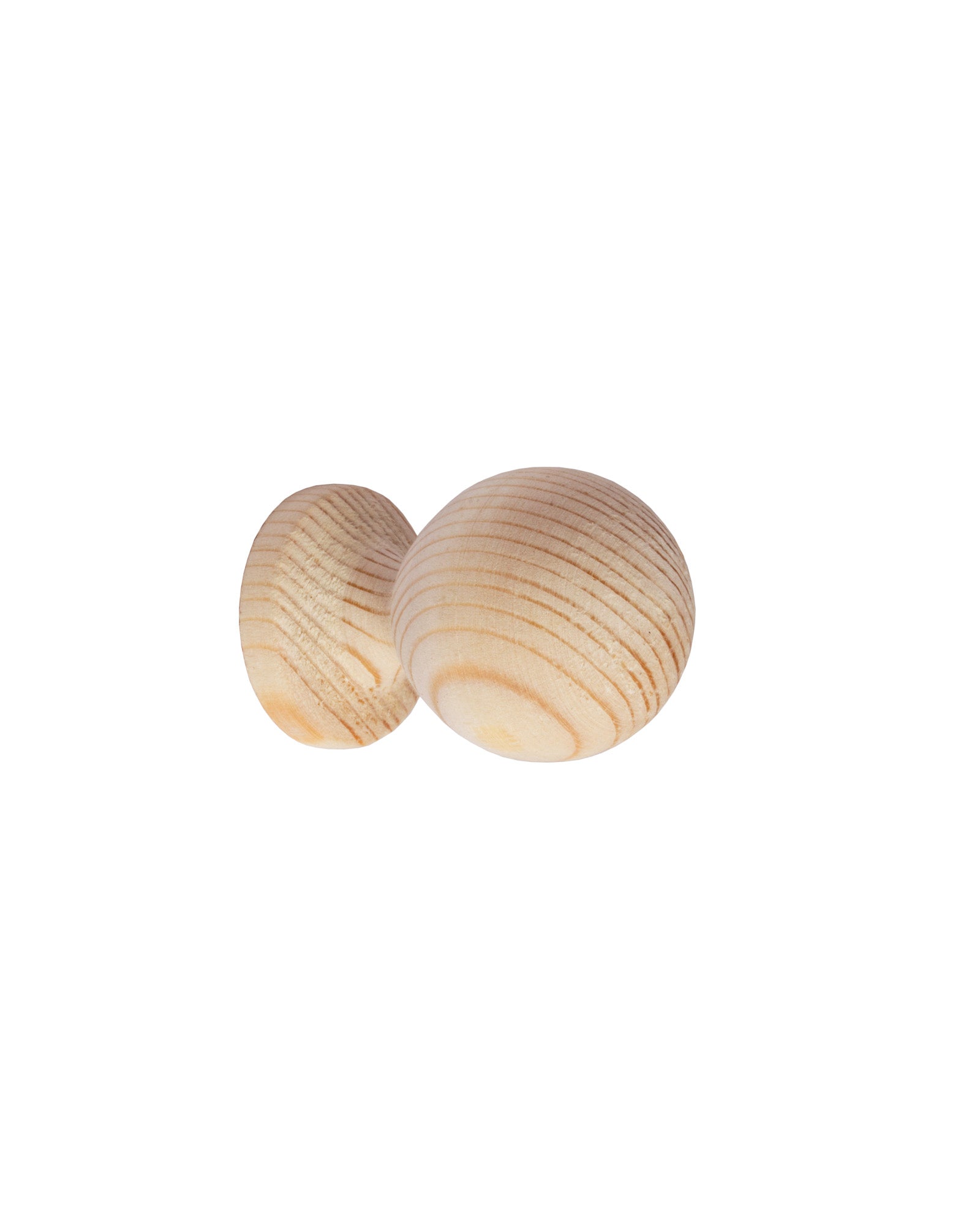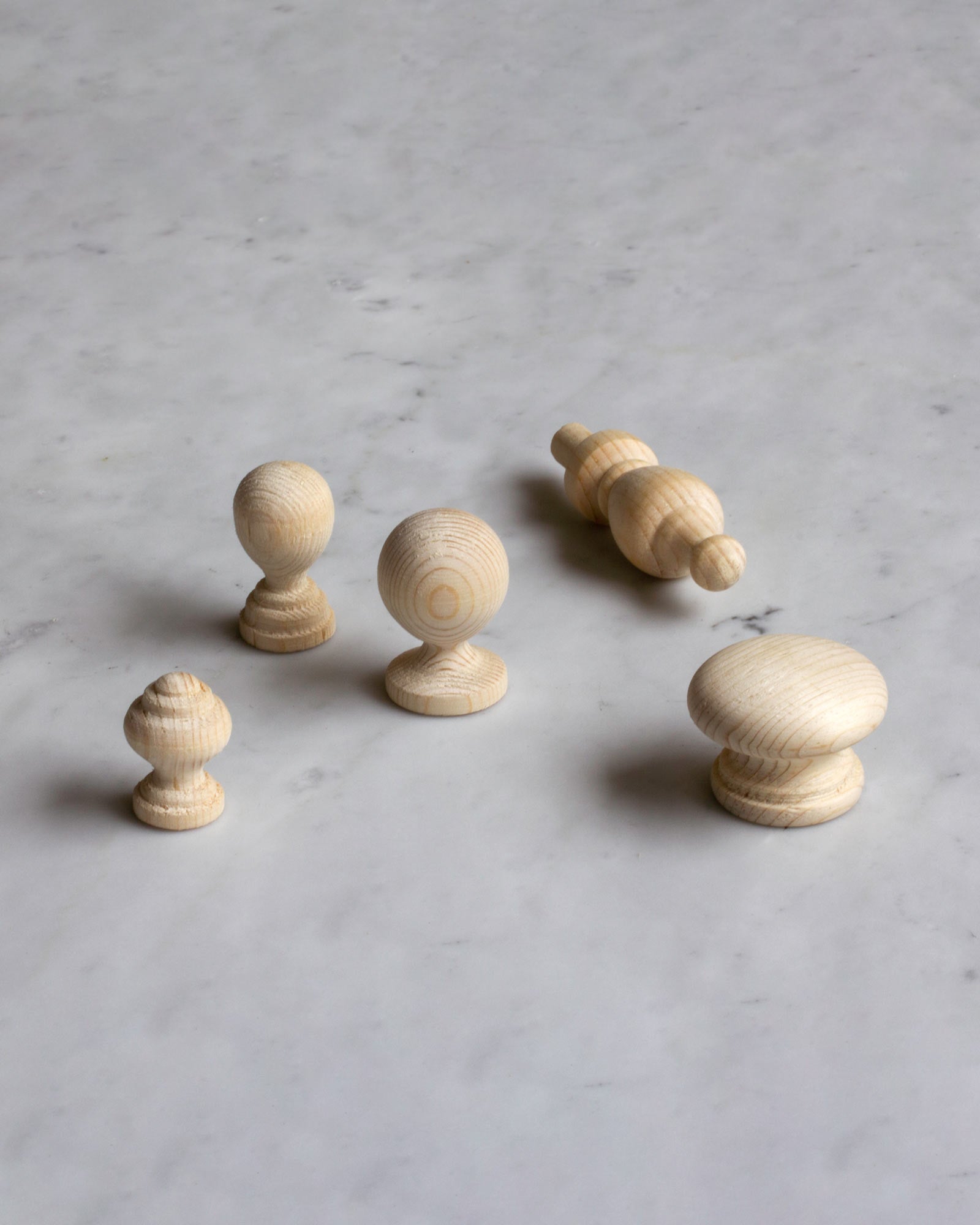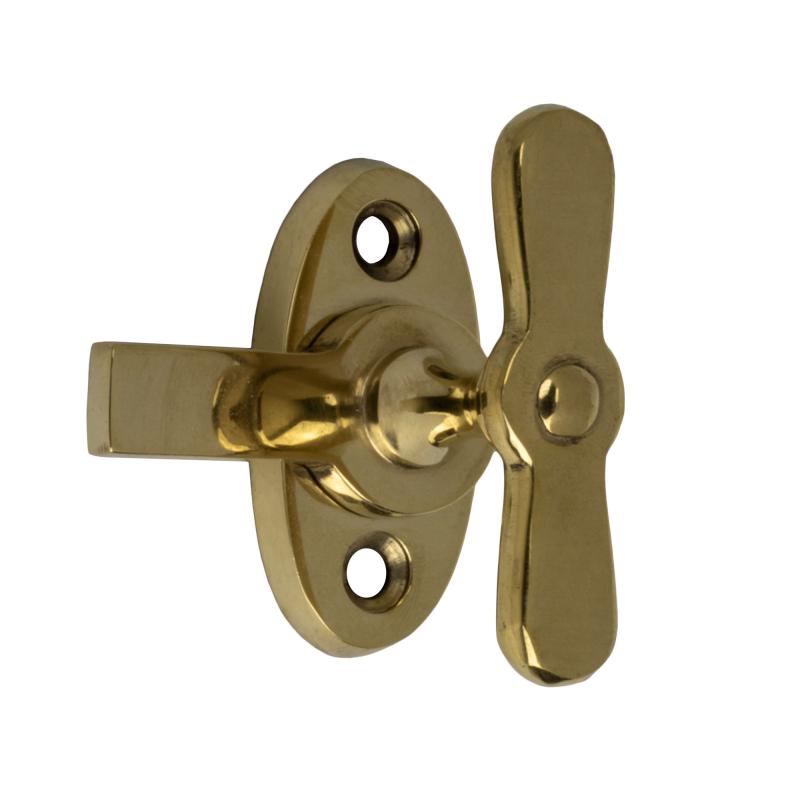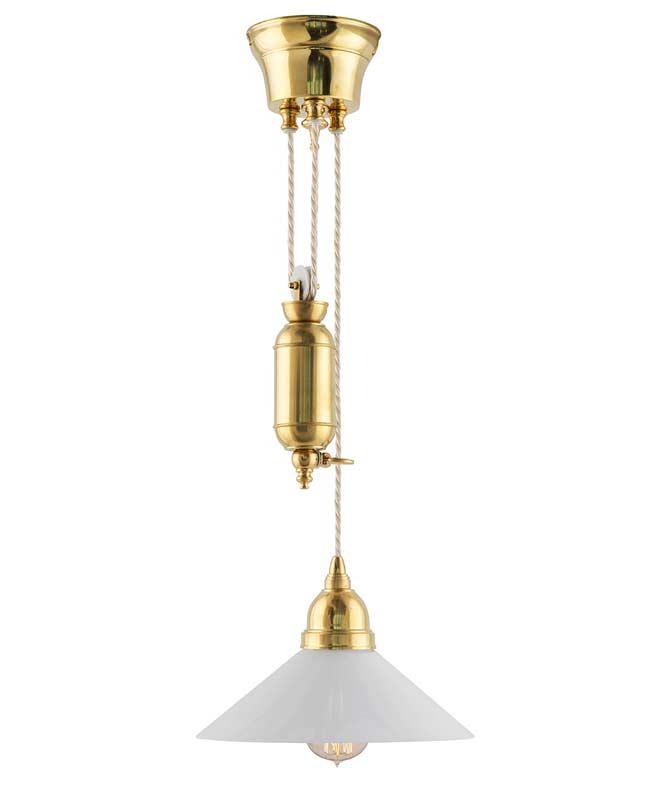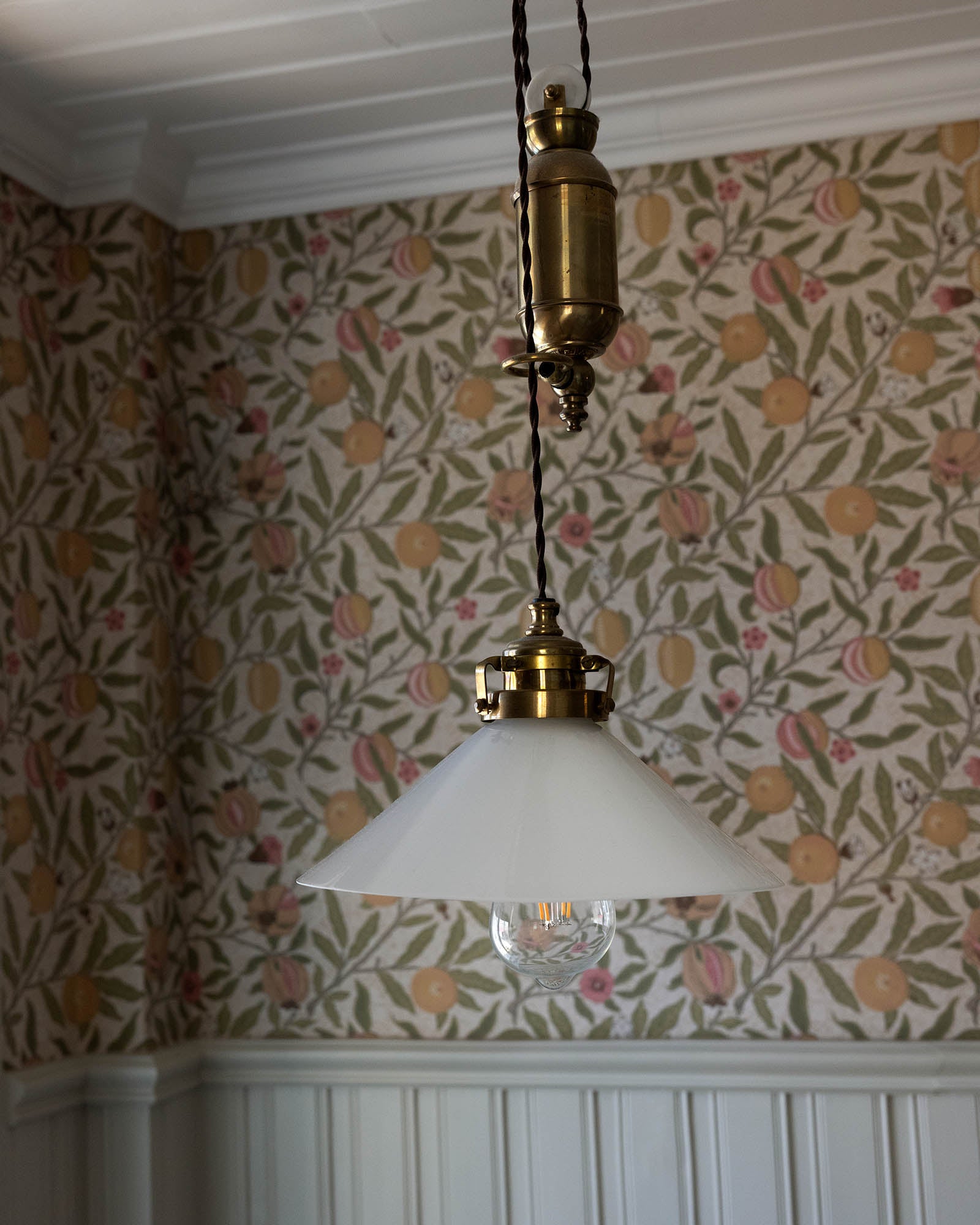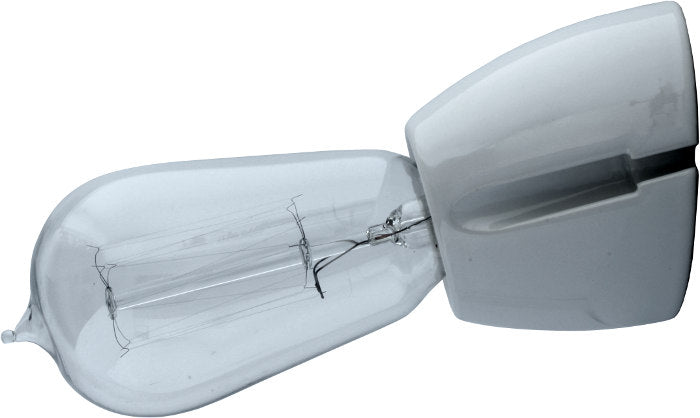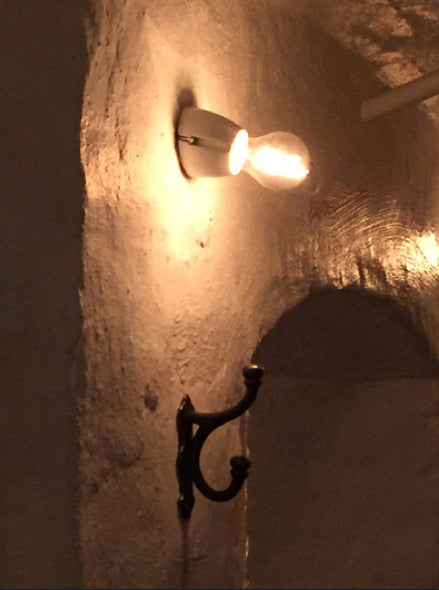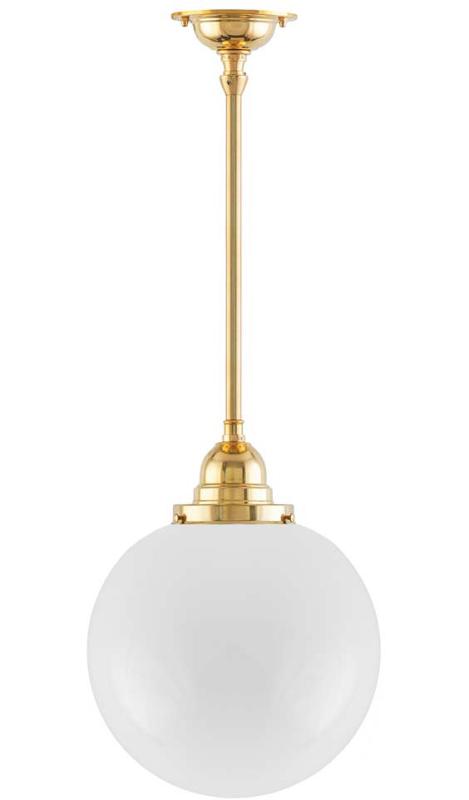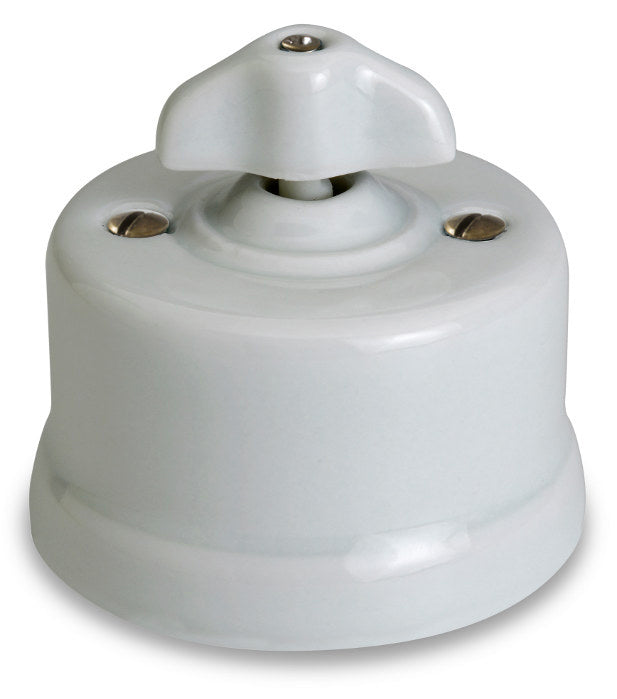Today, the kitchen is a central part of the home, meant to be both practical for cooking and comfartable enough for socializing. However, life in the kitchen during the late 1800s and early 1900s was quite different from our modern kitchens today, both in how we use them and, most importantly, from a technical point of view,
In this post, we want to inspire you both with material choices and interior design ideas for an old-fashioned kitchen!
In worker's residences, the kitchen served as a gathering place for both cooking and socializing but also doubled as a sleeping area. In more luxurious apartments and villas, the kitchen was a dedicated workspace with it's own entrance, ensuring that kitchen staff, servants, and sometimes even the household's children didn't enter through the front door!

Carpentry
Since the kitchen had a lower status than most other rooms, it was designed to be practical and easy to keep clean. The walls were sometimes smooth plastered, but it was particularly popular to clad them and the ceiling in beadboard paneling. If you don't want to cover the entire wall, we recommend building a beadboard panel at chest height with a finishing molding and then wallpapering above.
Color Schemes for the Kitchen
Neo-Renaissance 1890-1900
Kitchen furnishings were often painted in an oak imitation and varnished to achieve a glossy and easy-to-clean finish. If you want to retain the wood grain, we recommend pigmenting the wood with linseed oil wax.
Art Nouveau 1900-1910
During the first decade of the 1900s, kitchen furnishings were often painted in gray or beige shade of linseed oil paint. Birch wood grain painting was also popular during this period.
National Romanticism 1910-1920
In the 1910s, kitchen cabinets were often painted in zinc green or other strong "folk colors" such as blue and red.
1920s
Light kitchens became more popular, preferably in beige or light yellow tones with a glossy linseed oil paint.

Kitchen Flooring
Wooden floors were very common in kitchens, often scrubbed with linseed soap and largely covered with rag rugs. If you wish to inject some color while also having something highly durable, we recommend our Victorian floor tiles, which are perfect for a rustic kitchen!

Fixed Kitchen Furnishings
During the turn of the century, some kitchens were equipped with wall-mounted cabinets, but it was very common for pots and tools to be displayed on open shelves or hung on hooks. Food was prepared on a low workbench with base cabinets and a countertop made of Carrara marble. The heart of the kitchen was the wood-burning stove, and around the stove, tiles with beveled edges were set without grout.
Kitchen Sink and Dishwasher
The kitchen's standards gradually improved, especially during the 1920s. Porcelain sinks became common, and faucets usually provided both hot and cold water. Real refrigerators also started to appear in kitchens, and marble countertops, as well as kitchen cabinets, were by this time factory-made.

Kitchen Hardware
During the 1890s, kitchens began to be equipped with tall wall-mounted cabinets, like a sideboard. The cabinet was locked with a key and had wooden knobs as handles. Just like the base cabinets of the workbench and the pantry's cabinet interior, the cabinet was made of solid wood with profiled half-French panel doors painted with linseed oil paint. These were held in place with cabinet latches and corresponding hooks.
Kitchen Lighting
The primary light sources in the kitchen consisted mainly of cobbler's lamps, and the cobbler's pulley lamp is an great example of one of the first functional lamps. This model began to be manufactured around 1880. Since the light bulbs at that time were so dim, it was practical to be able to bring the light closer as needed, for example, above a workbench.
Switches / Electrical outlets
At the turn of the century, lighting was controlled by a surface-mounted switch, either made of porcelain or bakelite. We offer a full range of switches and electrical outlets in an old-fashioned style. Combine electrical outlets and switches in a convenient double frame or control the lighting above the kitchen table with a dimmer switch!




























































































